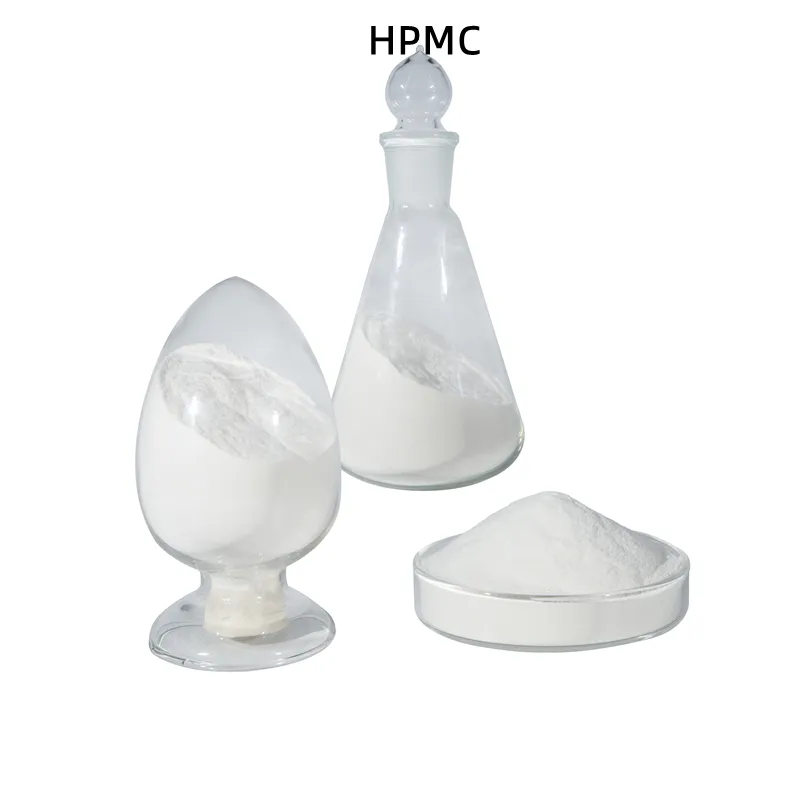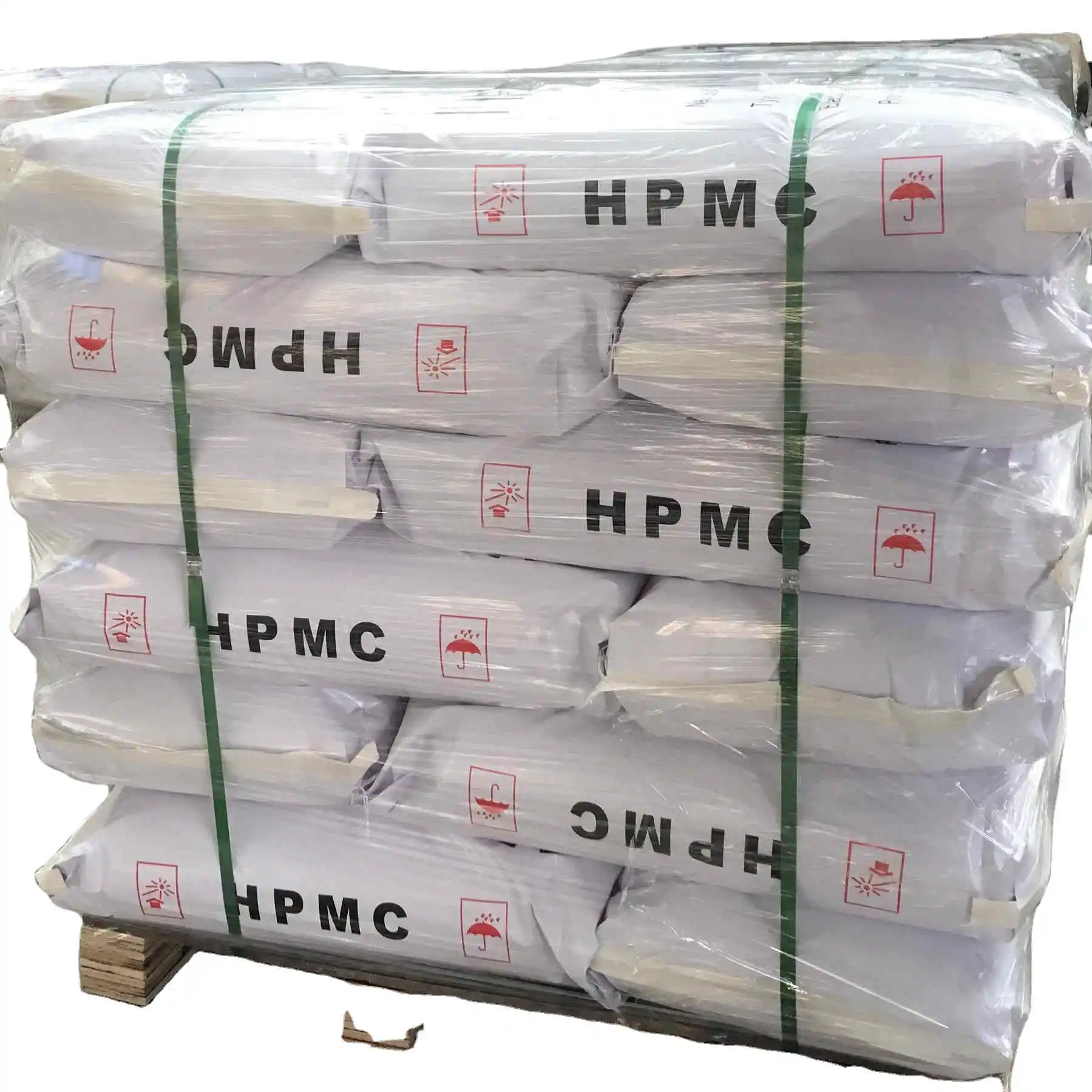9004-65-3 Construction HPMC For Tile Adhesive
It is necessary to carefully check the base layer before application to determine whether the surface is dirty or uneven or cracks or looseness.
If so, use a spatula to remove the easy-to-peel areas on the surface of the base layer, and then repair the cracked areas to ensure that the surface of the base layer is clean, flat, and firm, which can reduce the probability of tiles falling off. The painted base layer should be roughened.
Improper operation during tile adhesives construction:
● There is no compaction during the tile-laying process. During the pasting process, fully press or hammer with rubber is needed in order to squeeze out the remaining air in the bonding layer, to completely engage the base layer. Generally, the thickness of tile adhesive for paving wall tiles is 7-10mm, and that for floor tiles is 10-20mm. It is advisable to have tile adhesive extruded around the tiles.
● There are no gaps between the tiles, or the gaps are too small. Some people will require the gap between the tiles to be as small as possible to pursue beauty. When the temperature changes, the tiles will not have enough space for thermal expansion and contraction, and they will squeeze each other, cause bumps or cracks.
● Add too much water when mixing the tile adhesive. After the water evaporates, the volume of the adhesive will shrink too much, which will leaving a gap between the base layer and the tiles, and the tiles will bulge or fall.
● The tile adhesive did not cover the entire tile during construction in order to save materials and time, resulting in a partial gap between the tile and the substrate.
● Too much tile adhesive is used. The thicker the tile adhesive, the greater the expansion and contraction rate of the material itself, which will cause uneven shrinkage between the adhesive layer, the tile, and the wall, and reduce the interface bonding strength, resulting in hollowing.
● After paving, the tile adhesive is not completely cured (usually 1~2 days) before being subjected to external force, such as walking on it, knocking, etc., causing the tiles to loosen and fall off.
● After the tile adhesive was applied, the tiles were not laid in time. The surface of the mortar has been condensed, and the viscosity is significantly reduced, causing hollowing.
● Mix the tile adhesive unevenly or add cement by yourself. To speed up the drying time of the tile adhesive, there may be workers who add cement to the tile adhesive privately which can better knead and reduce costs. However, this destroys the ratio of tile collagen and dramatically reduces the adhesion force, eventually resulting in hollowing.
● Add water to the adhesive and continue using even it begins to harden. At this moment, the cement hydration reaction is over and can not be used anymore.

HAOSHUO offers high-quality 9004-65-3 construction HPMC for tile adhesive. Our product is perfect for large-scale projects, with competitive pricing and reliable export services.

 HPMC For Wall Putty In Constru...
HPMC For Wall Putty In Constru... 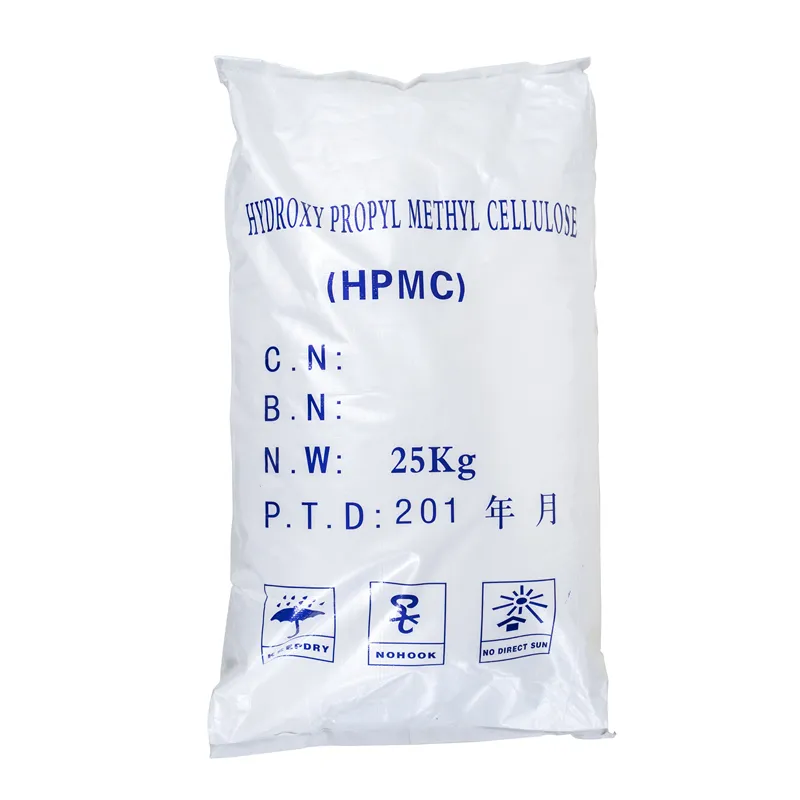 Construction Grade HPMC For Sk...
Construction Grade HPMC For Sk... 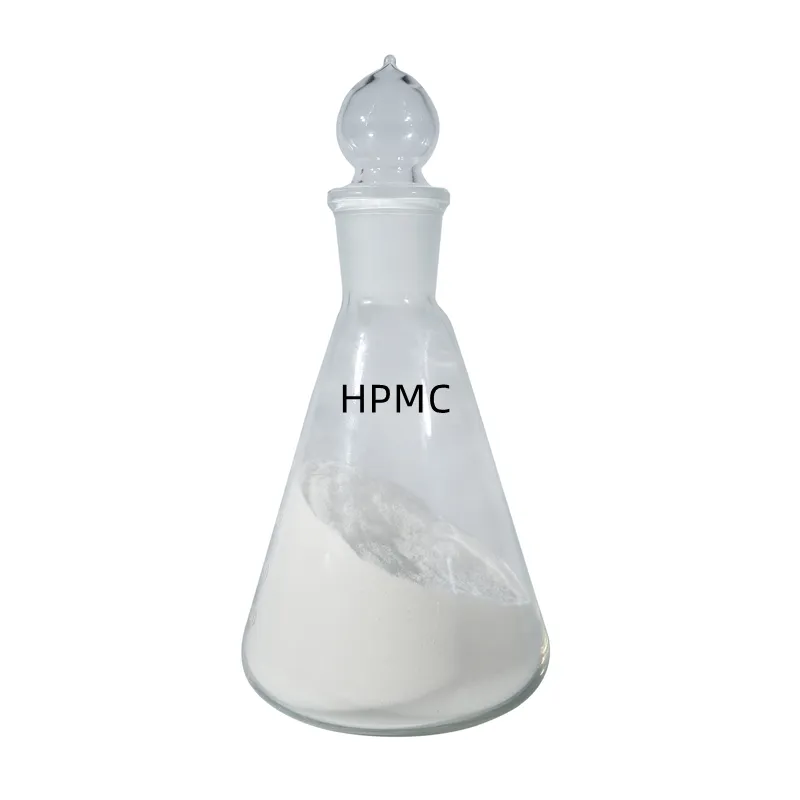 9004-65-3 Construction HPMC Fo...
9004-65-3 Construction HPMC Fo...  HPMC Cellulose Thickening Agen...
HPMC Cellulose Thickening Agen... 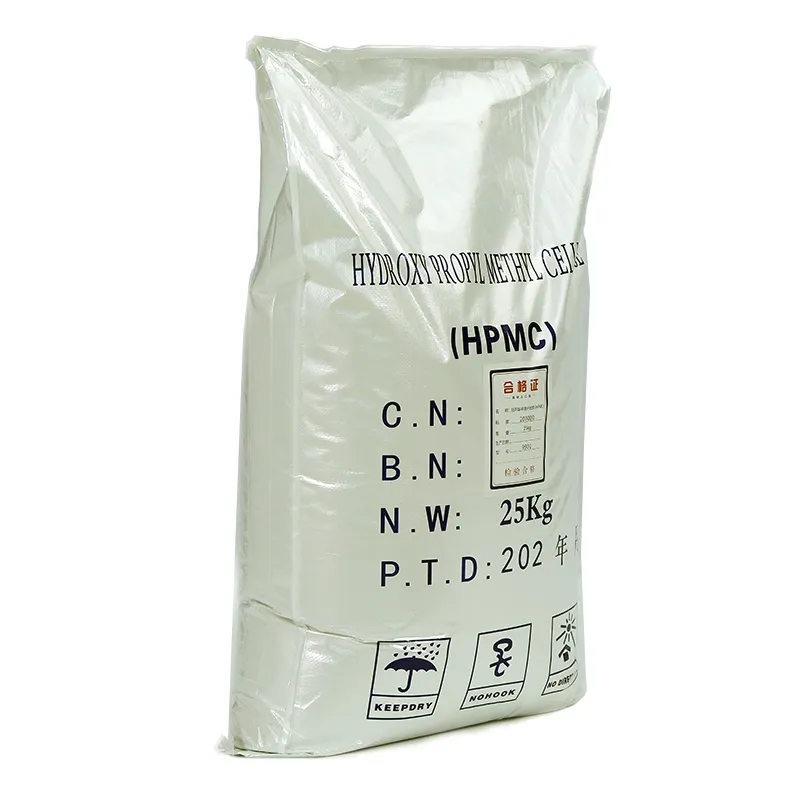 Hydroxypropyl Methylcellulose ...
Hydroxypropyl Methylcellulose ... 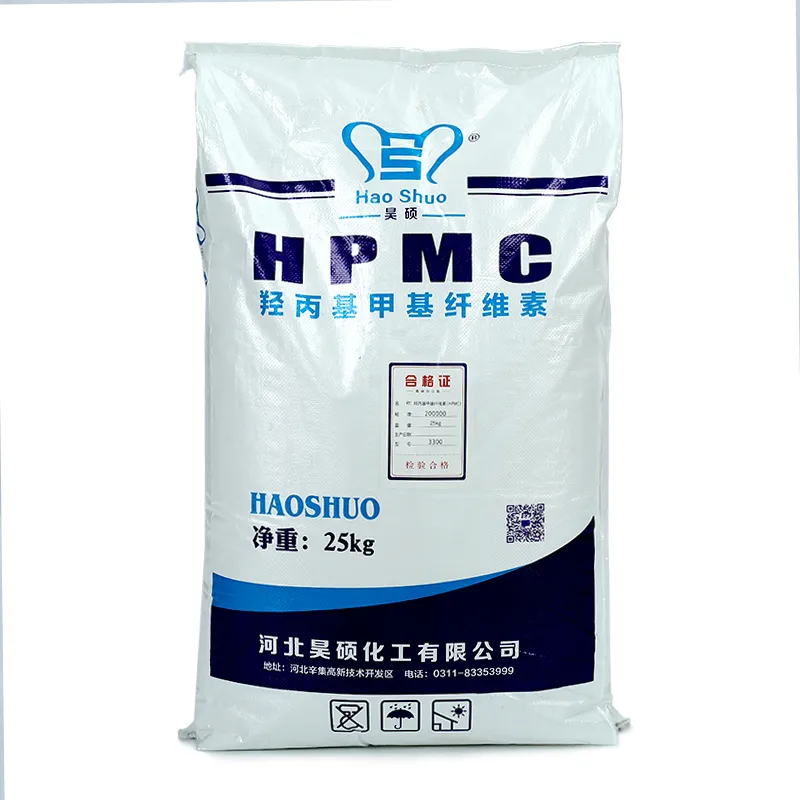 Cas No 9004-65-3 HPMC For Plas...
Cas No 9004-65-3 HPMC For Plas... 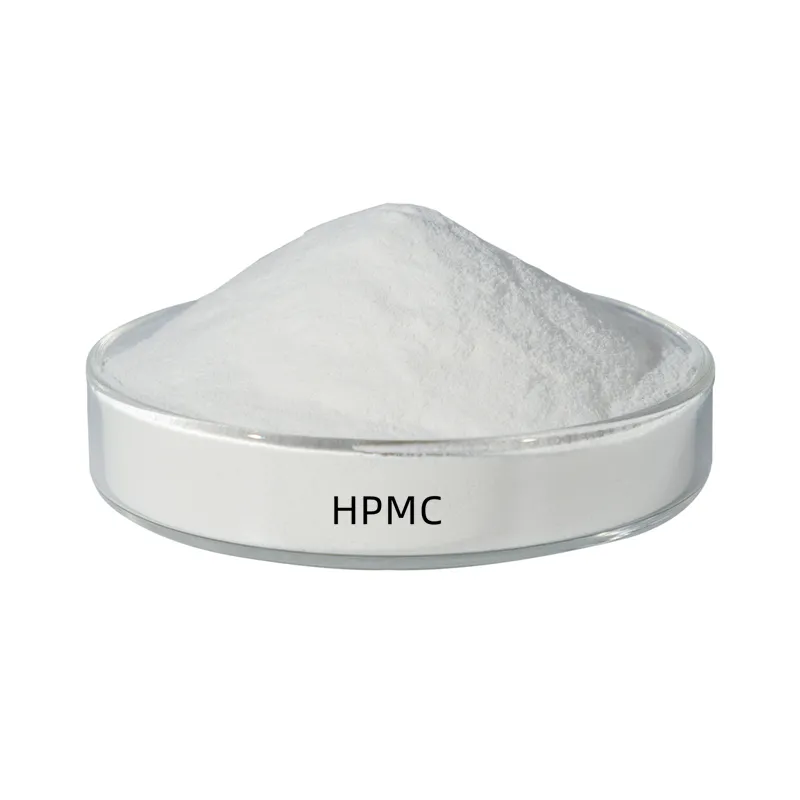 Cas No 9004-65-3 HPMC For Maso...
Cas No 9004-65-3 HPMC For Maso... 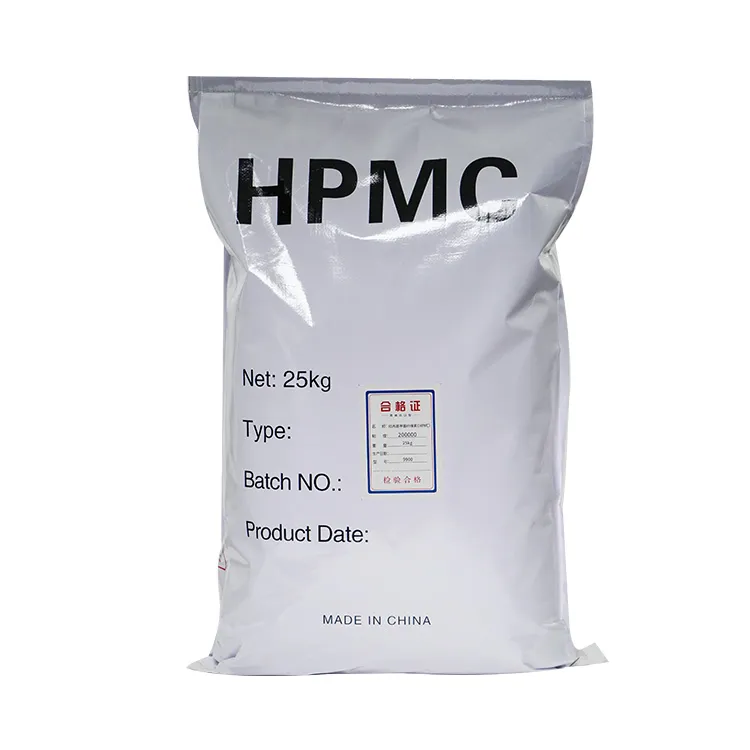 Gypsum Special Grade Cas No 90...
Gypsum Special Grade Cas No 90... 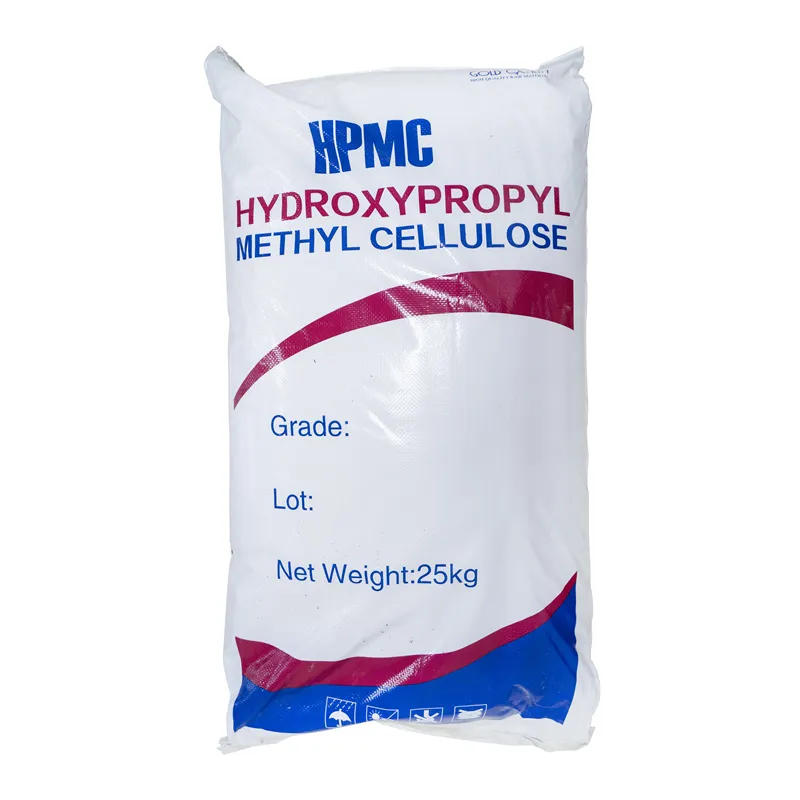 Cas No 9004-65-3 HPMC For Tile...
Cas No 9004-65-3 HPMC For Tile... 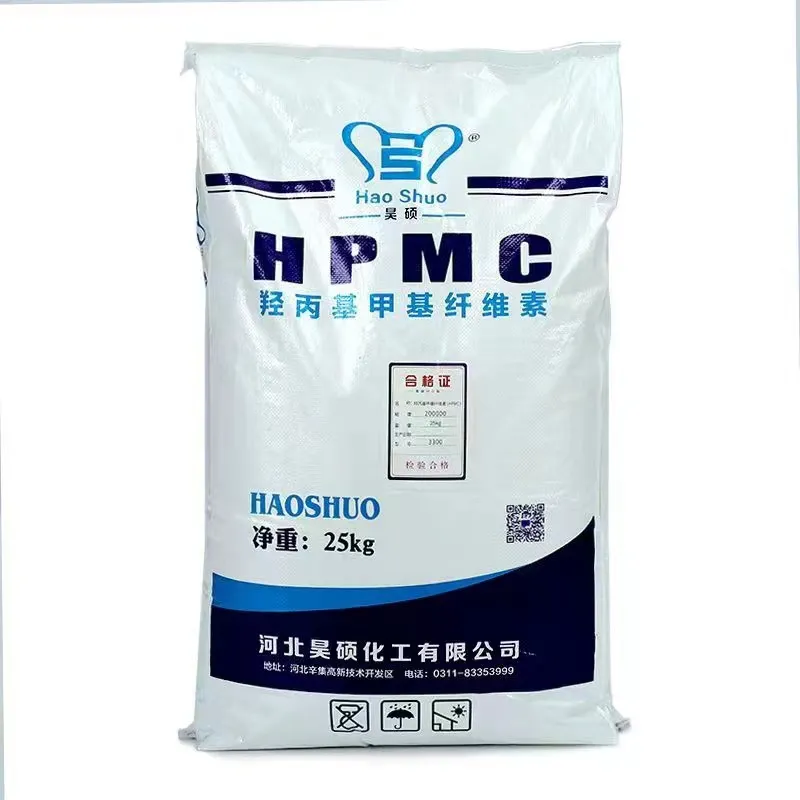 HPMC For Tile Adhesive In Cons...
HPMC For Tile Adhesive In Cons...  9004-65-3 Construction HPMC Fo...
9004-65-3 Construction HPMC Fo... 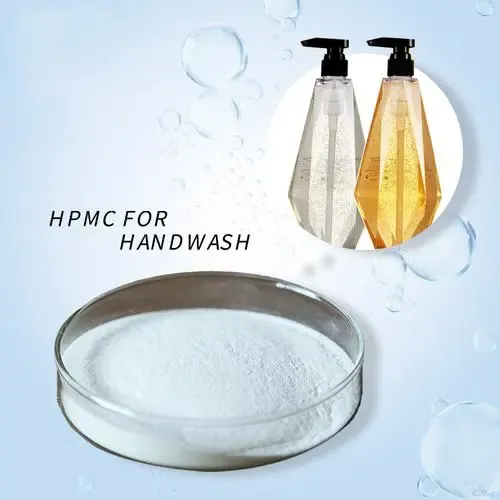 Cas No 9004-65-3 Detergent Gra...
Cas No 9004-65-3 Detergent Gra... 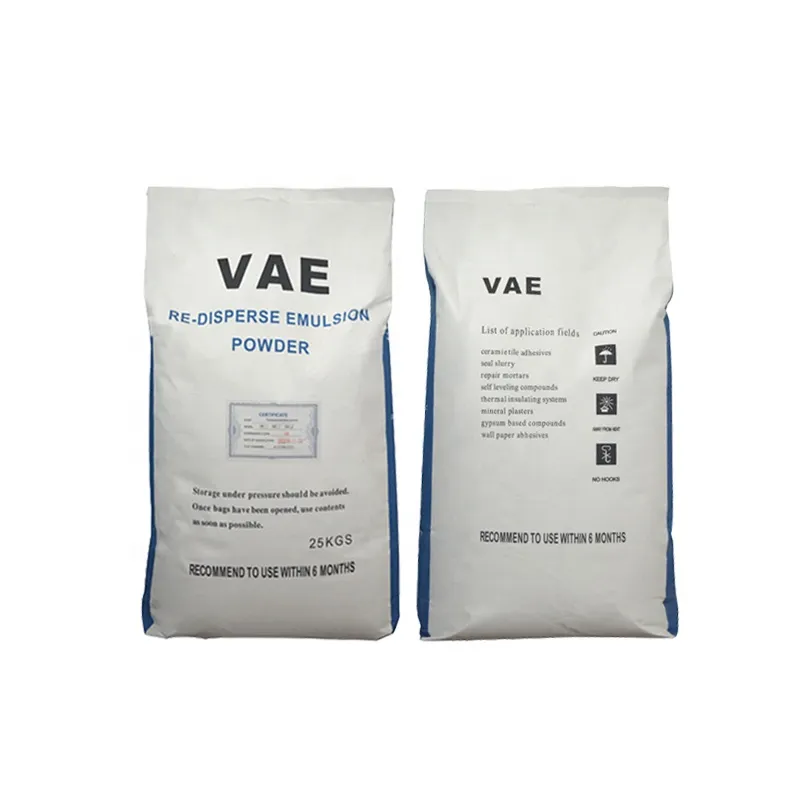 Cas No 24937-78-8 RDP Redisper...
Cas No 24937-78-8 RDP Redisper... 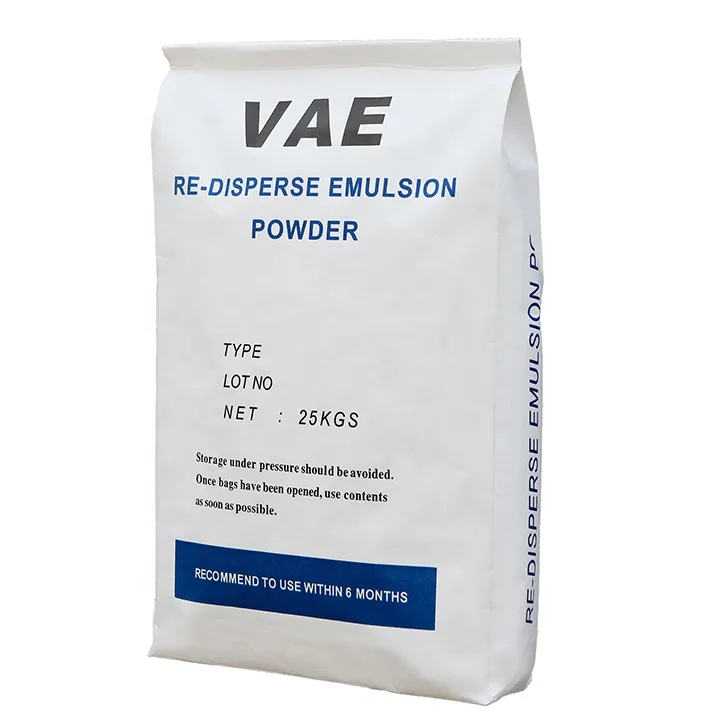 Building Grade Rdp Redispersib...
Building Grade Rdp Redispersib... 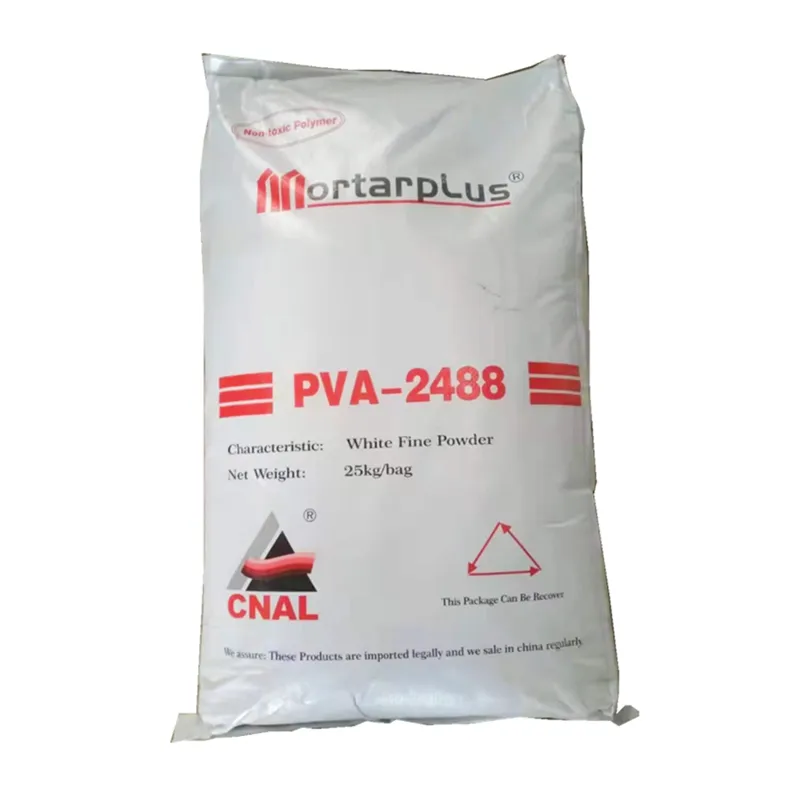 CAS 9002-89-5 PVA 2488 Polyvin...
CAS 9002-89-5 PVA 2488 Polyvin... 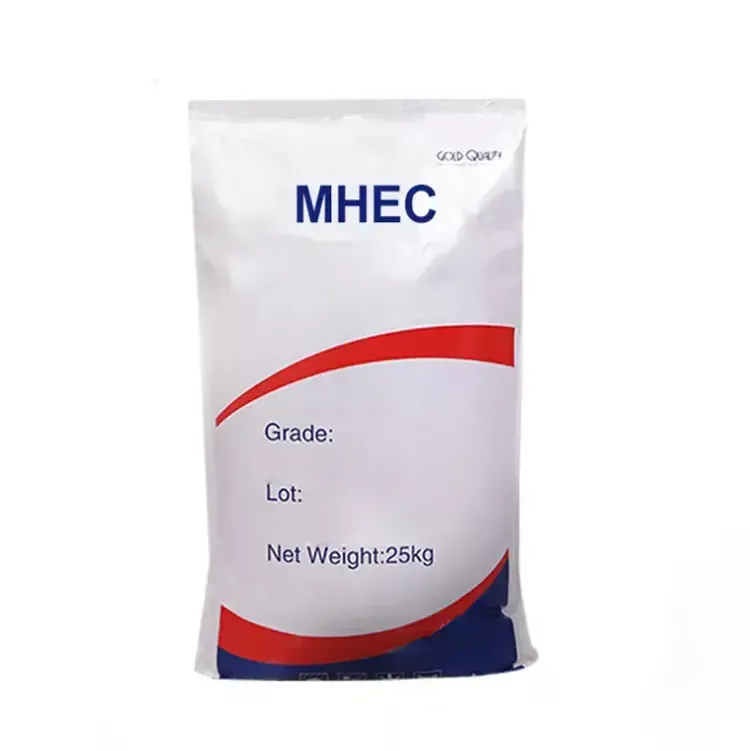 MHEC for construction
MHEC for construction 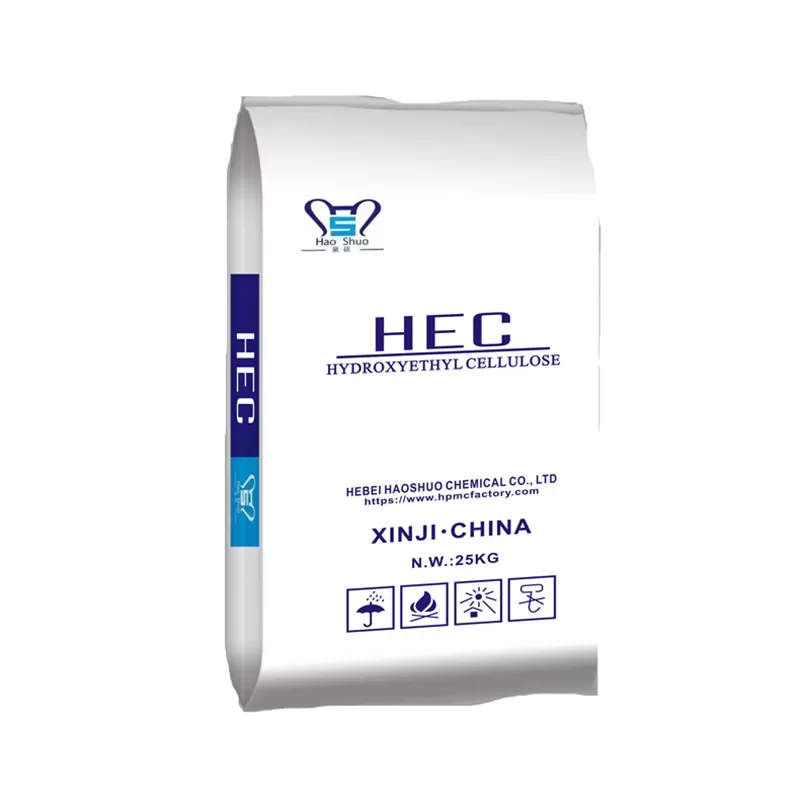 HEC (Hydroxyethyl cellulose)
HEC (Hydroxyethyl cellulose)  Hebei Haoshuo Chemicals appear...
Hebei Haoshuo Chemicals appear... 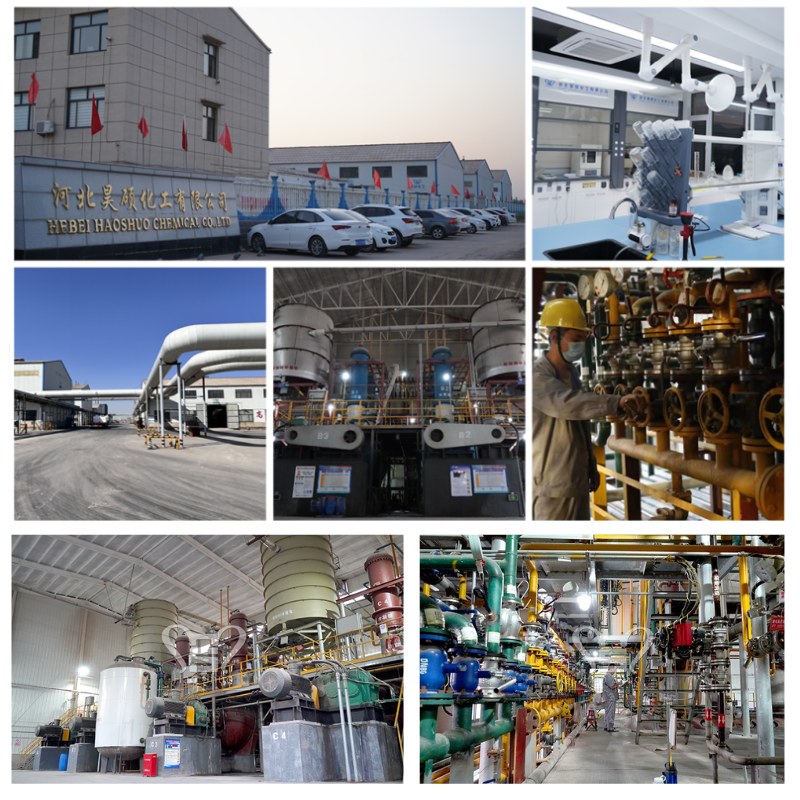 Hebei Haoshuo Chemical Co., Lt...
Hebei Haoshuo Chemical Co., Lt...  Hebei Haoshuo Chemical Co Ltd ...
Hebei Haoshuo Chemical Co Ltd ...  Explore CHINACOAT 2024
Explore CHINACOAT 2024 